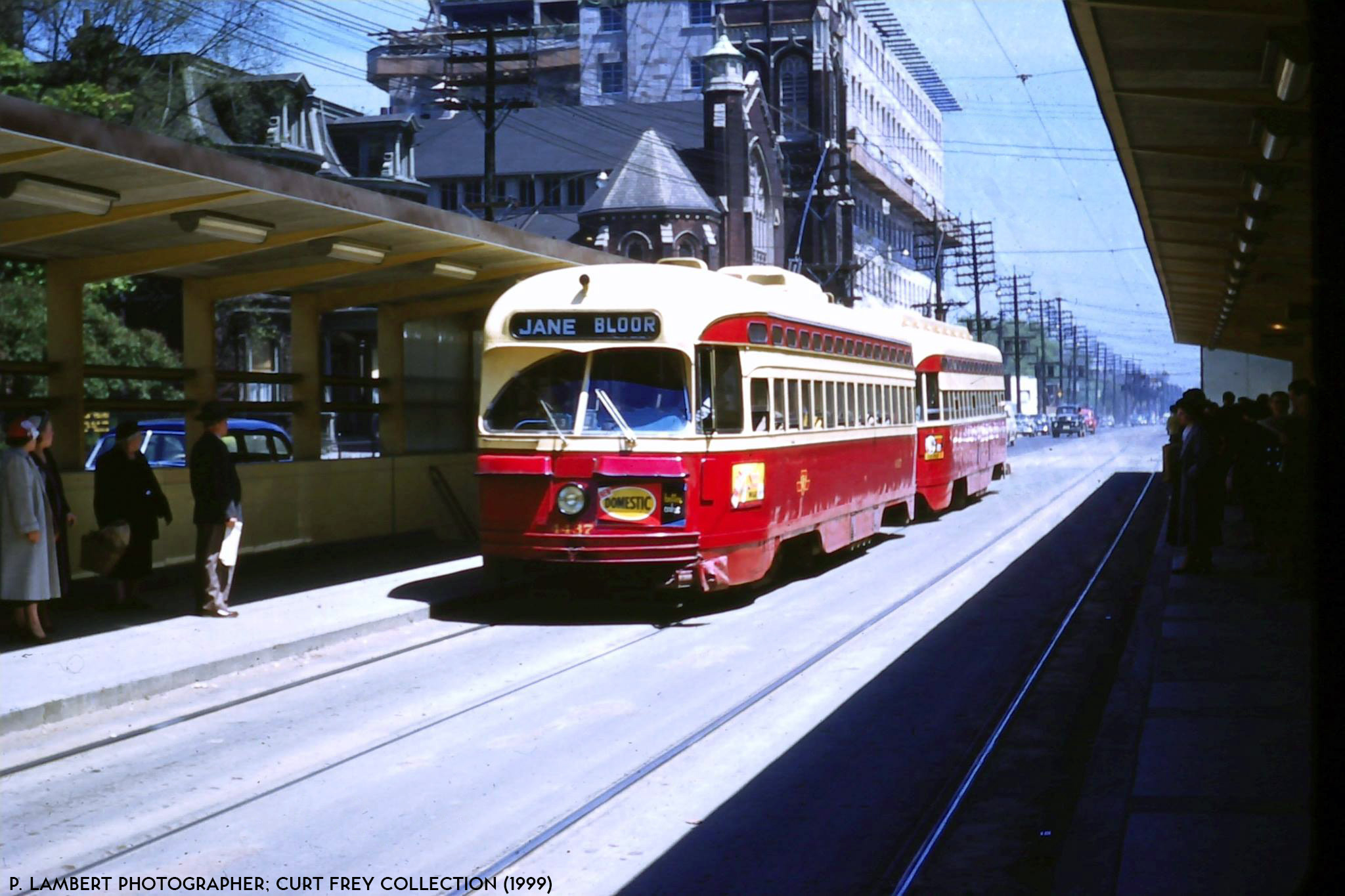We've seen this story play out over and over again: (1) new government comes in, (2) scraps all the old plans and (3) proposes shiny and ambitious new plans.
I get that it's a very popular thing to say that the Ford government "
scrapped all the plans" and "
started from scratch". It gets people worked up emotionally, especially if they are predisposed to dislike the current government.
But it's not actually true, is it? I mean.... compare the plans. We are still getting a route that goes from Pape to Osgoode. The path through downtown is the same as was determined by the Relief Line. Remember when there was talk about putting a station at City Hall? CAD drawings were produced of how stations would look and how they'd connect to the outside world... most of that can and probably will be kept, with the only necessary adjustments being related to a shorter platform. The Relief Line North plans, such as they were in early 2019, were copied almost verbatim and inserted into the initial OL plans.... we're getting one of the RL North proposed routes.
They've even preserved many of the same managers. Malcolm MacKay, Elmira Moghani, Michael Tham.... these are all director-level people who worked on Relief Line South at the TTC and have continued on with Ontario Line at Metrolinx.
And also, let's not pretend that there were meticulous, ready-to-build engineering plans that were just sitting finished on someone's desk, waiting for a building contract to be issued. Going under the Don River, for example, was considered a major geotechnical challenge given the changing earth composition under the river. There were some draft CAD drawings, but it was a long ways from being finished. Yes, the in-progress work got thrown away in favour of building a bridge.... but I wouldn't be surprised at all if there were people on the team who were like,
thank goodness, this will be way easier.
Same story with Gerrard. Did you see the original drawings for that station? It was almost as tall as it was long!! It would've been four Osgoode-length escalator rides from track level to the corner of Carlaw & Gerrard, plus a fifth long escalator to connect to GO/SmartTrack level. Or, three different elevators. It would've handily surpassed Spadina Subway <-> 510 Spadina as the worst connector in the city. If anything, we should be happy that horrible idea was scrapped!
Between 1954 and 2020, Toronto has built a grand total of two rapid transit lines of substantial length.
As for this... this is just an outright lie for the sake of making a salacious, emotively satisfying point. Facts remain facts, though:
More rapid transit stations have been built from 1955 to today, than were built up to 1954. The Spadina/University line alone is 17 stops! CNR didn't provide a lot of in-city service in the 1950s (post-war Canadians wanted to drive to work & fill those giant parking lots we used to have everywhere downtown), and so GO Transit's servicing of several Toronto stops didn't come around until after the 1970s. Kipling GO, e.g., opened in the early 1980s. Plus there's the UP Express, which does count as rapid transit, regardless of how successful it may have been! Dozens of different road & bridge projects were required to get UP Express up and running. Plus, ignoring the dozens of Finch West LRT and Crosstown rapid transit stations that are opening in the next couple of years is frankly disingenuous. Yes, we would have liked both routes to have finished by now, and the blame lies squarely at the feet of Rob Ford for that. And yes, we all wanted more, years ago. But transit development has certainly been happening at a faster pace than we've seen since the 1980s. Come 2022, pretty much nobody, not even us enthusiasts, is going to be able to name & locate every transit stop in this city off the top of their head.... there will simply be too many of them.
The only real validity to this line of complaint is if you focus entirely on downtown and ignore the city at large. In which case, yes, I agree completely.


